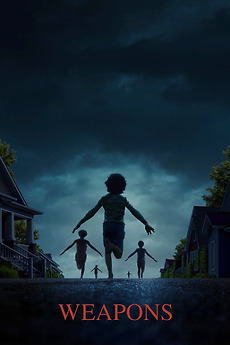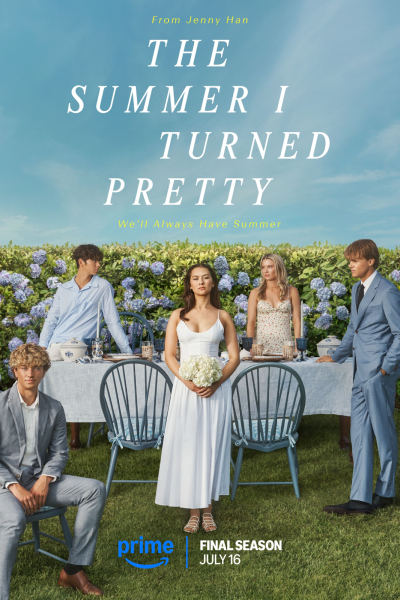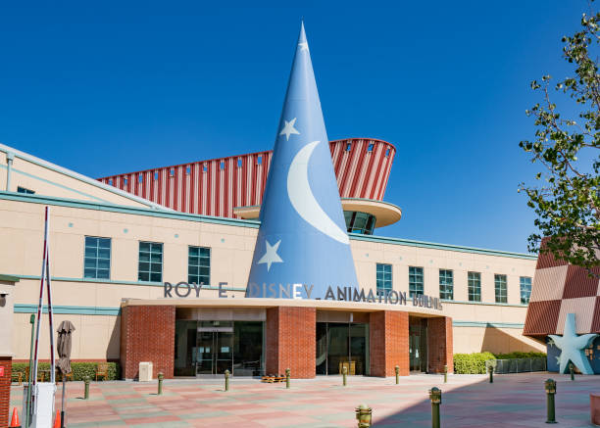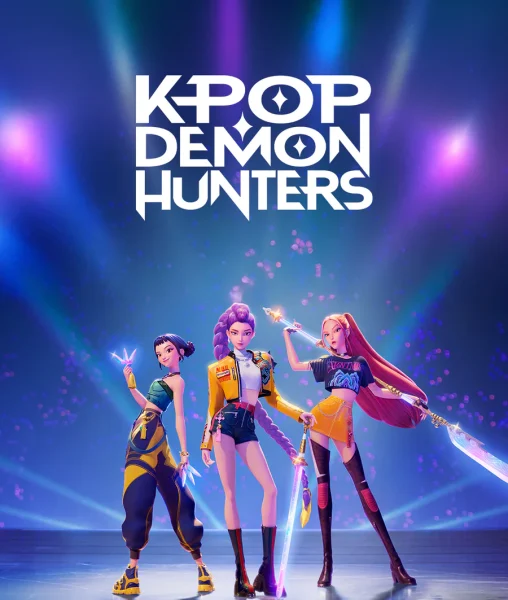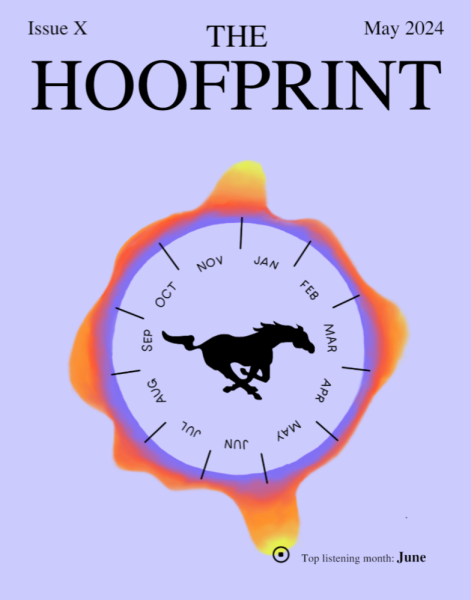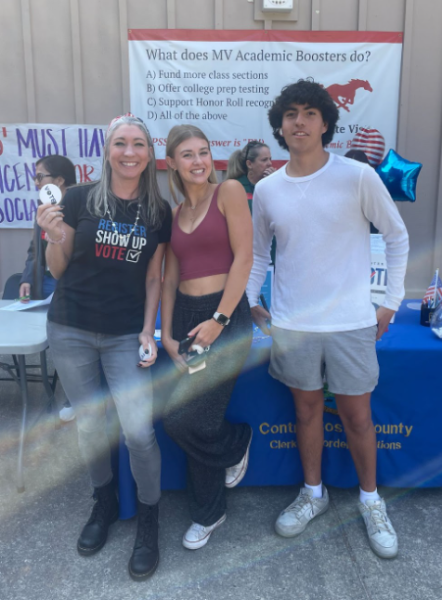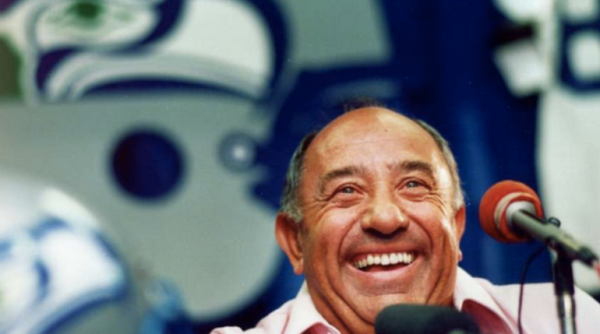Mullets: a must have or not?

Photo courtesy of ultimateclassicrock.com
Mullets seen and worn by famous 1970’s rock icons David Bowie, Rod Stewart, and Paul McCartney.
Scouring Monte Vista’s campus, many students have been seen rocking mullets. From dyed, bleached, to natural—you name it.
The unique short-long haircut worn by numerous famous icons and musicians, like David Bowie and Keith Richards in the 70’s and 80’s, has made a surprising comeback. While the short in the front, long at the back haircut has its own fair share of jokes and controversial opinions, the hairstyle has continued to shift in and out of fashion trends since its establishment.
Monte Vista junior, Talan Jones, finds mullets appealing and uniquely stylish, especially his own.
“I really like having a mullet,” Jones said. “My main inspiration for the haircut was country singer Billy Ray Cyrus.”
The cut has a surprisingly unique background history. It was worn by vigorous rebels and proudly respected leaders alike, and originates all the way back from the 18th century, when president Benjamin Franklin wore his own kind of mullet: the ‘skullet’.
Mullets were originally known as “The Kentucky Waterfall,” since the name wasn’t established until the Oxford English Dictionary, where it gave credit to 90’s hip hop group Beastie Boys’ and their 1994 classic Mullet Head for the name’s popularity.
For years, the mullet was seen as a symbol of low socioeconomic status, as it represented low-income families and people who clung to their beloved country lifestyle. Those with mullets were known to be “ruggedly unkempt,” but even then, the mullet always seems to make a comeback.
Amongst pop culture, the haircut surfaced in the 70’s, where it gained popularity even without a name of its own at the time. It became a symbol of glam rock and it was iconic, with stars like David Bowie repping the mullet.
Bowie’s iconic Ziggy Stardust two-piece was topped off by a bright orange mullet that draped down his neck. His glamorous hairdo became a symbol for his hit song. Undoubtedly, young fans were eager to grow a mullet of their own, which was the cherry on top of a teens rebellious look.
Though the cut transpired during the 70’s, the mullet didn’t take off in popularity until the 1980’s—the years packed with some of the most unforgettable trends. This was a time when the cut found its way into culture and became normalized, rather than a bold statement. With classic teen icons like Patrick Swayze and Rob Lowe showing off the mullet, fans drooled over the hairstyle as it crawled its way up and into fashion trends.
For many people, quarantine led to some interesting self-done haircuts, like patchy buzz cuts or messy and uneven layers. As the mullet started to make its way back into trendiness, with famous celebrities like Miley Cryus and Zendaya rocking the cut, it has become more popular.
Now, it seems to be that teenagers all over the world are reaching for scissors to cut a mullet of their own. Especially with social media apps like TikTok and Instagram showcasing hot hairstyle trends across the world. TikTok users have been seen trying out their own modern version of the mullet, called the ‘one-minute mullet’. A haircut that gives the same multi-layered effect as the mullet, but with its own twist. The modernized style of this mullet leans towards a messy grunge appeal.
The ‘one-minute mullet’ involves tying your hair into a ponytail on top of your head and cutting along the ponytail in a straight line. When you take the ponytail out, your hair should fall into a perfectly layered mullet.
The results plastered across social media have been quite impressive, but achieving an actual mullet with this trick requires extra cutting afterwards, as the ‘one-minute mullet’ consists of more length than layers. Afterall, it has become the modern version of the mullet.
In a way, the haircut has been adopted by the world and rock culture. From the advent of 70’s glam rock to the 80’s new wave pop culture to the 2020’s TikTok trends, the mullet seems to be the haircut that never shies away from fashion trends.
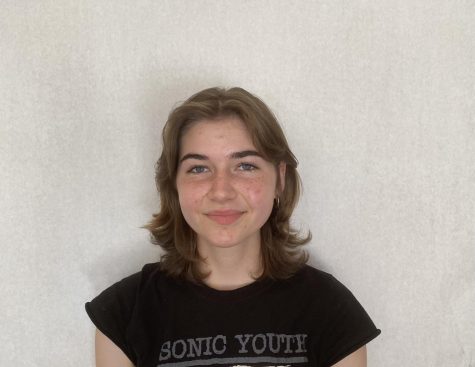
Tatum McNichols is a senior at Monte Vista who will spend her first year on The Stampede as a Staff Writer....


